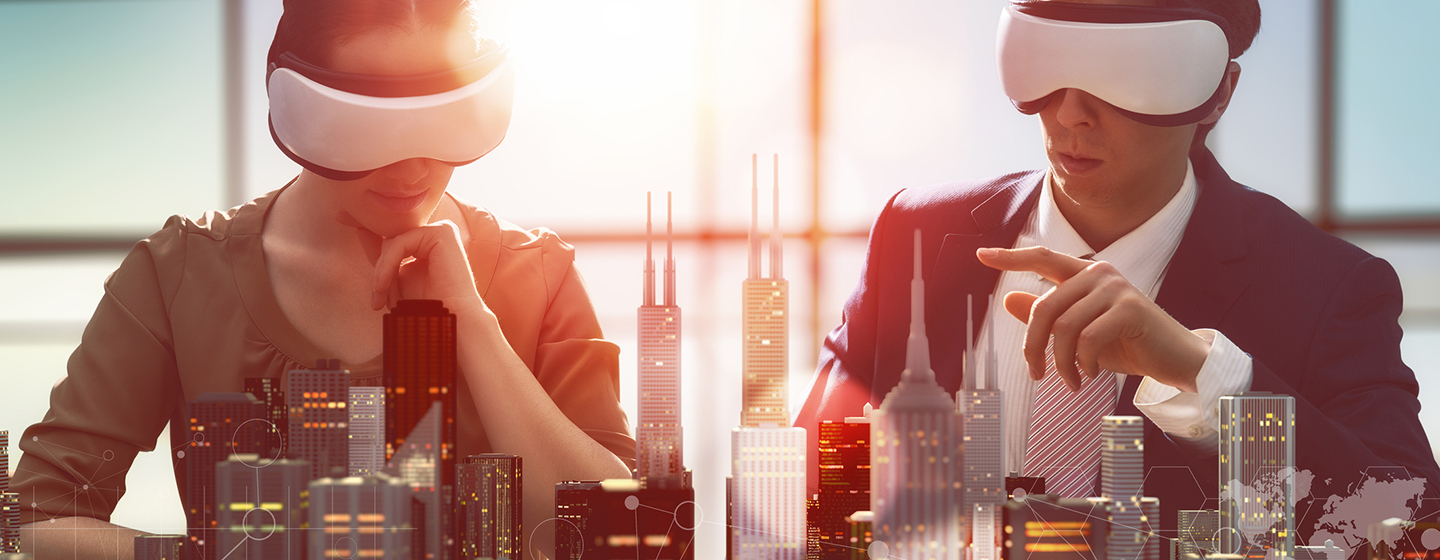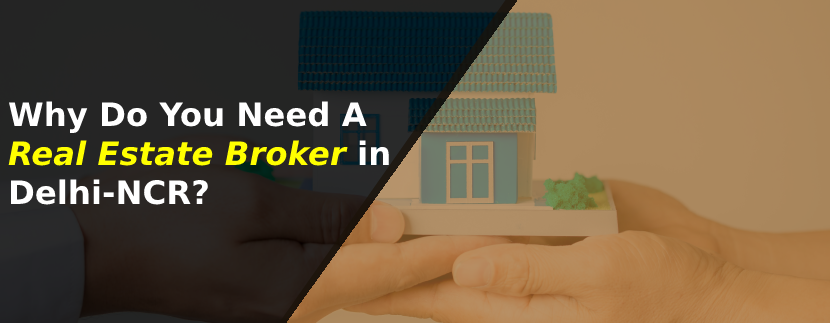Have you ever purchased or sold real estate? The real estate market of today will then become clear to you. Virtual reality is already changing the real estate sector. Real estate brokers may expand their businesses, attract more clients, and offer top-notch services using the power of virtual reality technology.
Today’s realtors must embrace technology because 44% of customers start their property search online. Spatial data of structures or items can be palpable by submerging the user in a three-dimensional virtual world.
VR headsets were originally utilized in the entertainment sector in the early 1980s. The excitement can only be revived by portable computer power and 3-D picture data from cameras and scanners.
The use of technology to generate a three-dimensional image or environment that can be interacted with is known as virtual reality. Users of VR are given a virtual experience that may resemble reality or be completely unrelated to it.
Use of VR in Real Estate
The devices are gaining popularity because they offer more realistic and immersive content. VR mainly serves practical and business needs. In addition to handling listing checks, pricing negotiations, and an in-person visit to the property, it opens up numerous prospects for the technology in the real estate company.
Real estate is a multibillion-dollar sector. Therefore, it needs to implement strategies that give customers a good time and persuade them to spend their hard-earned money on their dream house or other projects. Following is a list of various applications for virtual reality in the real estate sector:
Virtual Property Showcases
Before choosing a property, clients frequently visit many. It is time-consuming and expensive in this situation to see properties.
Millions of individuals may virtually tour properties without leaving their homes thanks to VR technology, which contributes to solving these issues. To experience three-dimensional, immersive property tours, don a VR headset.
Interactive tours and guided tours are the two categories of 3D virtual tours.
The fact that guided tours are either totally virtual or take the shape of 360-degree recordings makes them similar to conventional advertising videos (considered a VR type).
Architectural Visualization
Real estate developers and brokers have traditionally struggled with unfinished marketing properties. You have certainly seen sizable three-dimensional models of a brand-new house or community. These models help prospective purchasers picture the architecture.
Real estate brokers set up sizable showrooms with scale models of apartments for the interiors of these new buildings. These marketing tactics require a considerable investment.
Virtual reality offers a practical solution to this issue by enabling prospective purchasers to view the exterior and inside of yet-to-be-built residences carefully.
As a result of VR, architectural visualization has become far more accessible and immersive. To provide potential buyers with a clear idea of what is available, real estate brokers can employ virtual reality technology to depict both the exterior and inside of unfinished properties.
Virtual visualization and Staging
VR helps in the sale of construction-related real estate. Marketing products that have not yet been developed is challenging. They have difficulty promotion in industries like housing, which is currently under construction.
Because there aren’t any actual items for customers to see and choose from, they cannot inspire faith in them. Additionally, the absence of furnishings and fixtures and the light-coloured walls might significantly lower the likelihood of a sale.
However, using virtual reality for real estate marketing lets one view the exterior and interior designs in the future, giving them a preview of how their property will appear once it is fully built.
Staging is the process of displaying upgraded houses using virtual reality for real estate brokers and interior designers. Once the homes have been set, selling them becomes considerably more straightforward.
Virtual Instructions for Tenants
Tenants must be communicated with frequently by landlords and real estate brokers. For businesses that offer short-term holiday rentals, this may be a problem. Landlords may interact with tenants more efficiently thanks to virtual reality technologies. By just donning VR goggles, tenants may experience 3D virtual tours.
In order to prevent issues and needless interactions with landlords, 3D real estate tours help tenants learn how utility services at a property operate. VR technology is particularly advantageous given the high turnover rates in the vacation rental sector.
Virtual instructions for tenants enhance the client experience, which benefits landlords and guests (who can have a pleasant stay) (who no longer have to instruct scores of guests regularly personally).
V- Commerce
Along with helping to make a positive first impression, virtual interior design can also be a part of v-commerce. When arranging a home or giving a virtual tour, realtors have the extra choice of quickly including a purchase option with any feature.
Customers can now customize the areas to suit their tastes in this way. Customers can choose a different light fixture, alter the colour of the furniture, or entirely personalize it, thanks to this.
It will also enable their buyers to picture how the property would look after they have made their adjustments when they move in, which will enhance the virtual tour of the house.
Conclusion
Virtual reality is revolutionizing real estate due to its convenience and money-saving advantages. Without travelling to the property and touring the place with real estate agents, prospective buyers can experience a location utilizing VR and AR technologies.
In both pre-release and development phases, virtual reality technology is advantageous to employees. The lack of awareness is VR technology’s fundamental flaw.
Because of this, the real estate sector expects disruption from augmented reality, which uses a device like an iPad to display visualizations of space. Augmented reality (AR) technology in real estate has been trendy until then.





